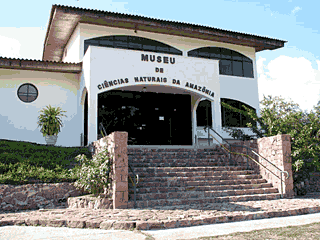
The Amazon Natural Science Museum is Brazil’s only privately-run natural history museum opened on June 22, 1988 in commemoration of the 80th anniversary of Japanese settlement of Brazil, with a view to promoting children’s nature education in the country as well as providing an initiating guide for the overseas first-time visitors to Manaus.
Visitors will find studying the biota of the Amazon basin a fun experience as they walk through both the elaborately displayed museum having a gross floor area of 600m² standing on a site of about 5 acres and the adjacent natural forest covering an area of about 9 acres.

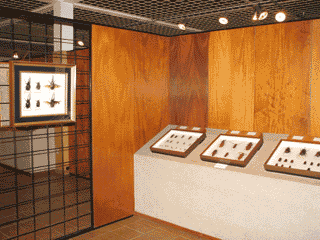
| Museum director | Shoji Hashimoto |
| Area | 2ha. (with 3.5ha. of natural forest) |
| Floor Space | 600m² (apprx. 6500sq.ft.) |
| Exhibits | Over 120 stuffed fish specimens - Aquarium: a 200-ton fish tank and six 2-ton tanks showcasing a number of freshwater fish, including the largest freshwater fish in the Amazon, Pirarucu; - 120 insect specimens, including rare butterfly species peculiar to the tropical rainforest of Amazon; - About 50 other specimens are also on display. |
| Purpose | Intended to make nature education available to children in Brazil as well as to provide an initiating guide to the ecology of Amazonis for overseas tourists visiting Manaus. |
| Location | Rua Cachoeira de sao Gabriel s/n Coronia CachoeiraGrande , Cidade Nova MANAUS, AM BRASIL |
| Phone | 010-55-92-3644-279 (faxable) |
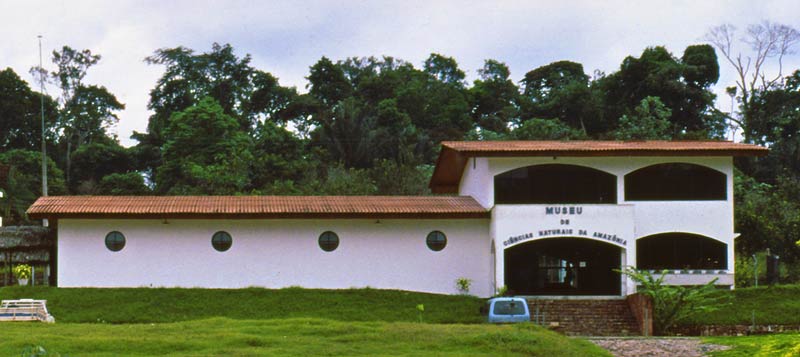
[TOP]

My interest in insects, particularly butterflies, from my earliest childhood brought me as a Japanese immigrant to this tropical rainforest city of Manaus in 1975. At that time, foretelling signs of an imminent growth under the ‘free economic zone’ policy were showing everywhere in the city which was peopled by a mere 600,000, one third of the present population.
However, the urbanization and the development of surrounding areas have a downside too. The high economic growth of Japan destroyed the nature of my native country, transformed my beloved hinterlands into numerous golf links, contaminated the clean water of the beautiful rivers, and impregnated the land with pesticides that eradicated many species of insects. Being terrified at the possibility that the Amazon, particularly Manaus, might follow suit in not a distant future, I decided to construct a natural history museum---my longstanding desire.

Having overcome some difficult hurdles, I finally managed to open the Amazon Natural Science Museum on June 22, 1988, the year of 80th anniversary of Japanese settlement in Brazil. I was filled with great joy when I was granted an opportunity to show my exhibits to His Imperial Highness Prince Akishino on the opening day. (Photo: the Prince on the right; the author on the left in white suits)
The chief purpose of building this museum was to serve as a catalyst in inducing interest in the nature of Amazon, particularly, among children living here. There will be no future unless the younger generations take interest in the nature and inform themselves about it. As with many other cities around the world, Manaus too is currently witnessing increasing competition to get into university among schoolers, most of whom are ‘hooked on’ TV games rather than on hexapods. Kids are being deprived of their touch with nature too. When I first settled in Manaus as an immigrant, natural forests were ubiquitous but are now found only in a few places including the site of my museum and some city parks.
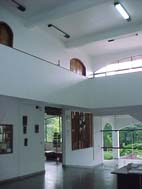
Fortunately I was able to purchase the site, with assistance from two of my friends, Messrs. Masanori Mizuno and Yuji Shiraishi, in 1980 when the price of land was still affordable. While the nature of Amazon and particularly its insects were what both of them were interested in, they had to take over their family businesses; so, instead of abandoning their attachment to the Amazon altogether, they volunteered to help me in funding the construction of the museum, saying “we want you to live out your dream for us.” I am also obliged so much to Mr. Susumu Horibe, who manufactured and erected my observation tower, and many other friends willing to help me. Under no circumstances can I afford to lose their ‘amizade’ (meaning ‘true or deep friendship’). I am determined to make this museum a success.
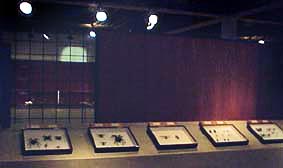
I am not a researcher with college education but only an amateur entomologist. I came to Brazil in 1975, having saved up enough by working various jobs after graduating from high school. Had I not come to the Amazon, I would have been a very ordinary Japanese man with a fondness for insects. But the tropical rainforest provided me with a wonderful research setting and an exciting life to live.

The cumulative number of visitors had reached 150,000 by the summer of 2008, including Brazilian children who will lead the next generation. I think that it’s not a bad track record for a totally private museum, and I am proud of having been able to make at least some contributions to the culture of Brazil for the past 13 years ever since I obtained permission from the Brazilian Institute for Forestry Development (IBDF: Instituto Brasileira de Desenvolvimento Florestal) in 1986 to open a museum.
I am truly grateful to the Amazon and Brazil for the opportunities they have given me, and now I want to reciprocate and express my gratitude to the children of this country in the form of what I have accomplished through the museum. It is a cubby museum from the beginning with a relatively small collection that represents only 2.5% of all Amazonian fish and insect species. But if that small showcase leads visitors from abroad and at home to give more than a passing thought to the incredible vastness and diversity of the species making their habitat in the Amazon, I will be more than happy!
[TOP]

The reputed Morphos make an appearance four times a year in the neighboring area of Manaus, but the exterior of individual butterflies varies delicately with the time and place of appearance. For example, those inhabiting the upper reaches of the Amazon have different wing patterns from those living in a downstream site. The butterflies appearing in March grow to different sizes from those appearing in September. Such data will help us reveal a number of things about this species.
Butterfly’s mode of life is relatively well known compared to that of the other insects inhabiting the Amazon rainforest due to the 150-year history of research since the time of Wallace. The butterflies of the genus Agrias, which attract me most, are characterized by several interesting traits; unlike butterflies of other genera, the Agrias species do not visit flowers to feed. Also, they fly at higher elevations in natural forest and are afternoon flyers.
It is said that butterflies and plants entered into a symbiotic relationship some 50 million years ago where the butterflies got nectar from flowers in exchange for carrying the plants’ pollen. By a twist of fate, however, the Agrias might have failed to make that bargain and yet managed to survive somehow.
To unlock such mysteries of the Agrias butterflies, we need to see into things like how they lay their eggs, what they feed on, and so forth. Despite its popularity, however, very little is known about their mode of life at the moment.
One of the reasons that have impeded research is that they normally fly a few tens of meters above ground at a terrific speed, which prevents easy access to their living sphere and allows for no leisurely observation. But now that I have claimed back my tower, my mind is set on pursuing my quest to find more about the inaccessible butterflies.
[TOP]